Imagine getting the energy needed to power our phones, light up our homes, or drive our cars, from thin air. And no, we’re not talking about Nikola Tesla’s dream of wireless power a century ago, but a new and accidentally electrifying discovery along those lines from the University of Massachusetts Amherst. Researchers have found a way to turn humidity into electricity. It’s called hygroelectrical power, and believe it or not, a company named CascataChuva is already trying to commercialize a variant of the technology. So, what is it and how does it work?
We all know that there’s a race to generate clean electricity in a renewable fashion. There’s a lot of compelling reasons for why, from limiting climate change, to saving money, to energy independence. It’s why getting solar panels for your home is so compelling. It’s also why this news about generating electricity from the air caught my attention and got me interested in exploring it.
A team from the University of Massachusetts Amherst looks like they’ve discovered a way to convert moisture in the air from all around us into electricity, turning humidity into a battery of sorts. And funnily enough, like so many keystone inventions over the years, it started as an accident.1 It’s also a bit of a mystery as to why it’s actually working the way it does, but I’ll get into that in a bit. Let’s start from the beginning, at UMass Amherst…
How it works
The story begins with Professor Jun Yao and his researchers, who were trying to create a novel air humidity sensor using an array of nanostructures. The student working on the project forgot to plug it in, and yet, the sensor produced an electrical signal. Puzzled by the frankly spooky phenomena, Yao and co. investigated, and they discovered an interesting reaction occuring. The science we’re about to talk about is complex, and not even Yao or other scientists are totally sure what’s taking place here. So keep in mind that what I’m about to describe isn’t just an oversimplification, but an oversimplification of the researchers’ best guess as to what’s going on.
Still with me? Okay, the nanostructures on the UMass sensor are 100 nanometers thick, which is less than one thousandth of the diameter of a human hair. This makes them just wide enough for airborne water molecules to freely enter, but also makes it difficult for them to pass all the way through. Though the exact mechanism is not well understood, the researchers think that every time the water molecules knock against the tiny holes’ edges, it creates an electrical charge via a process called deprotonation. Because there’s more molecules moshing around in the easier to access top of the tube than the bottom, we get an electric imbalance between the layered chambers and end up with positively and negatively charged ends, just like battery.23 With no moving parts, it functions a lot like a solid state battery.4
Yao and his team then began to iterate, punching a bunch of 100-nanometer-or-less pores into all sorts of stuff from graphene oxide flakes, to polymers and wooden nanofibres. They even tried using bacteria to grow protein nanowires.5 In the end, all of these attempts were successful, which is really exciting. These results suggest that the size of the nanostructures matters more than what they’re made of, which could well mean some team will find an even more potent material down the line.4 But that does beg the question: just how much electricity can this UMass Generic Air-Gen Effect Device create?
Implementation
Presently, not much. The device produces roughly a single microwatt, which is just enough to power one pixel on an LED screen. But, the device is very small, just the size of a thumbnail, and one-fifth the width of a human hair.1 In theory, if we connect several of these devices together we could power something much more substantial just by borrowing a little moisture from the air, which is pretty amazing.6 And that premise is what a Portuguese company called CascataChuva is based on, promising to commercialize their version of the air gen device with a pilot in 2024.7 But there’s a whole lot of giant question marks there.
Before we get into the details of commercialization, it’s important to note how hygroelectrical power has theoretical advantages over other renewables. I mean, have you ever tried to fit a wind turbine or hydroelectric dam next to your garage? Jokes aside, if you’re somewhere that doesn’t get a lot of sun, or if you live in an apartment and don’t have enough space, or if you rent and your landlord is against it, solar panels might not be accessible to you. But if things go right for CascataChuva (and that’s a big if), the company claims you can take home a decently-powerful humidity battery about the size of a washing machine, something most people can easily find room for. And unlike all those other renewable energy sources, you can in fact use a humidity battery inside your home, as long as the specific humidity is high enough.8
The specific humidity, which is the meteorological property that governs how many water molecules are in the air, will vary independently of daytime cycles. At least some of the time, there will be plenty of specific humidity when the wind isn’t blowing and the sun isn’t shining. This makes it a good potential teammate for more common, yet intermittent renewables like wind and solar.3
And though this tech might sound too good to be true (again … it’s early days here), it isn’t a one-off discovery. Researchers from Tsinghua University are experimenting with hygroelectric films that can generate almost 1.5 volts.910, and researchers from the Beijing Institute of Technology are experimenting with hygroelectric-powered wearables.11 So though we may not totally understand what’s going on, we’re making enough headway in the field to conclude that something is happening here, and that’s what got me excited about this. We’re seeing some interesting steps forward on a new potential technology.
Cost and Availability
While we still don’t fully understand the mechanics at play in an air gen device, the outlook is positive enough that CascataChuva is reportedly close to commercializing their own humidity battery. Their device, which is just 4 centimeters (1.5 inches) wide, can currently power an LED light. The plan, according to cofounder and CEO Andriy Lyubchyk who has been working on this since 2015, is to stack 20,000 of the devices together by 2024.18 The company says that once combined like this into a washing-machine-sized cube, the humidity battery can passively generate 10 kilowatt-hours of electricity per day. That’s a bold claim. Per CascataChuva’s calculations, that should cover the energy use of a 150 square-meter household, not counting charging an electric car.7 If true, that’s pretty impressive.
And of course, power comes at a price, and these novel humidity batteries are not cheap. CascataChuva is predicting that the device’s Levelized Cost of Energy (or LCOE, a way to compare the effectiveness of energy generators across their lifetimes) will be quite high initially.2 Consumers would hypothetically be paying €14,000 to 18,000 (that’s between 15K to 19.5K in USD).7 Remember that there’s a lot of factors to consider when comparing means of generating electricity. But, using the U.S. as an example, you can get a 10KW solar panel system installed for around $20,498 on average, counting federal rebates and tax credits.13 So, if all goes to plan, the price point is pretty comparable. Assuming the technology works and takes off, then standardization and mass production could bring those costs down over time.
Why Should We Care
You might be wondering why we should pay attention to this tech even though it’s still in its infancy. Well, with its unique properties, an air-gen device could be the most accessible form of clean energy yet. The more viable methods of producing electricity at home, the better.
After all, solar panels are great. I love mine, and I love that they lower my energy bills, and I think everyone who can use them absolutely should. But not everyone has the resources to do so, and this is a potential alternative to get in on some of those benefits.1
Hypothetically speaking, air-gen devices could allow you to become energy independent in any part of the world where you find ample humid air. This could be really useful for powering portable and remote locations where powerline infrastructure can’t reach, or providing emergency power during outages or disasters.
Of course, scaling up nano-devices is notoriously difficult, but humidity batteries still have some applications even if circumstances force them to remain small. Imagine being able to charge your phone batteries, or laptop, almost anywhere. And the minuteness of the power generated may actually be beneficial on this smaller scale. That’s because the mechanics of battery chemistry force us to make certain voltage steps (1.5 V, 3.3 V, etc), meaning that some devices must include resistors to divide the voltage. In the end, that means you lose some of the energy as heat. But using teeny batteries with a hygroelectrical chemistry setup may allow us to fine-tune our power needs.
If you think about it, there are a lot of low-power devices and batteries that we end up tossing because the repetitive charge cycles wear them out so quickly. Small wearable stuff like FitBits or Airpods must be recharged, but could perhaps partially run on humidity instead. Plus, battery chemistry is often corrosive or volatile. If air-gen devices prove durable, we could have long-lasting, recharge-anywhere, acid-free batteries. Of course, that’s a very, very, very big if. I don’t want us to get too carried away by all the cool stuff we might be able to do with humidity batteries. So let’s talk about the challenges — there’s a considerable number of them.
Challenges and solutions
The biggest hurdle here is that we still have a lot to learn. This is a new technology, and while the research surrounding it so far is fairly reputable, there’s still a lot of “unknown-unknowns.” As I mentioned earlier, no one, not even Yao and the research team, are totally sure what kind of reaction is taking place here.3 This might be even more important than you think. If the water molecule moshing is truly what generates a charge, it has to mean there’s an electron transfer. By the time we’re dealing with individual electrons and molecules, we might just be transferring the same few electrons between tube and molecule, which will drastically limit our ability to meaningfully scale up the technology. And if it works like the Seebeck effect — i.e. two different metals in contact will produce a small voltage — then it’s likely it won’t produce enough of a current to be useful, and create a corrosive environment to boot.14 Many Seebeck-related breakthroughs look really good on paper, but they’re expensive components and complex construction has drastically limited their applications so far.15
And while Yao has fully published his team’s findings, at the time of making this video, CascataChuva hasn’t. For proprietary reasons their tech hasn’t been peer-reviewed, which should rightly make you skeptical.7 Furthermore, CascataChuva’s Svitlana Lyubchyk’s previous research has been mainly computational. As we know all too well, what works in theory or in cyberspace doesn’t always translate to meatspace. But they have been working on this for almost a decade. I’ll be more confident once their prototype comes out and has passed some third-party inspections.
The flipside of “unknown-unknowns” is “known-unknowns,” and there are a lot of those too. How long can this technology last? Can it be successfully scaled up? What’s their lifetime and LCOE? Peter Dobson, an Oxford University professor emeritus of engineering science, is optimistic about both air gen devices, but warns about the dangers of other particles getting lodged in the nanomaterials. There are many examples of so-called superpowered nanomaterials that have been laid low by little ol’ specks of dust. Dust can break the micro electro-mechanical system sensors in your phone, for example, and solar panels can also struggle when dusty (granted, it takes a fair amount of dust and dirt, … but it happens). How do you stop dirt, pollen and other schmutz from clogging the device’s nanopores? How do we clean and maintain them? We don’t exactly have skincare routines for batteries.1
There’s also concerns about mass production. Sourcing the material needed for nanopores could be challenging, and manufacturing them isn’t cheap or easy yet. In short, we have a lot to learn before we can get serious about commercialization. That doesn’t mean these challenges are insurmountable. We’ve seen lucky breaks, sufficient R&D, mass production, and standardization help similar pieces of technology go from sci-fi to blase ([insert consumer electronic that has transitioned from analog to digital here], anyone?). But that also doesn’t mean it’s a sure thing.
This is still very new technology, so I want to avoid overhyping it. However, the larger implications of drawing electricity from the air are promising. I’ve said it before and I’ll say it again: there’s no one-size-fits-all solution. But if air-gen works, it will be another powerful green energy tool in our belt. All ‘cos a student forgot the plug.
- The Guardian – ‘It was an accident’: the scientists who have turned humid air into renewable power ↩︎
- CleanTechnica – Making Electricity From The Humidity In The Air Started With An Accident ↩︎
- ‘Generic Air-Gen Effect in Nanoporous Materials for Sustainable Energy Harvesting from Air Humidity.’ Liu, X., Gao, H., Sun, L. and Yao, J. (2023),Adv. Mater. 2300748. ↩︎
- BBC – How harvesting electricity from humid air could one day power our devices ↩︎
- ‘Power generation from ambient humidity using protein nanowires‘ PLiu, X., Gao, H., Ward, J.E. et al. Nature 578, 550–554 (2020) ↩︎
- Smithsonian – This New Device Generates Electricity From Thin Air ↩︎
- Financial Times, Sifted – The Portuguese startup making electricity out of thin air ↩︎
- CascataChuva – How We Do it ↩︎
- ‘Bilayer of polyelectrolyte films for spontaneous power generation in air up to an integrated 1,000 V output,’ Wang, H., Sun, Y., He, T., Huang, Y., Cheng, H., Li, C., …Qu, L. (2021).. Nature Nanotechnology, 16, 811–819 ↩︎
- ‘Interface-mediated hygroelectric generator with an output voltage approaching 1.5 volts. Nature Communications,’Huang, Y., Cheng, H., Yang, C., Zhang, P., Liao, Q., Yao, H., …Qu, L. (2018), 9(4166), 1–8. ↩︎
- ‘Wearable fiberform hygroelectric generator.,’ Shao, C., Gao, J., Xu, T., Ji, B., Xiao, Y., Gao, C., …Qu, L. (2018). Nano Energy, 53, 698–705. ↩︎
- What is the output of a solar panel? ↩︎
- What will a 10,000 Watt (10 kW) solar system cost in your state? ↩︎
- Wikipedia – Seebeck effect ↩︎
- ‘Thermoelectric Power Generators: State-of-the-Art, Heat Recovery Method, and Challenges.’Aridi, R.; Faraj, J.; Ali, S.; Lemenand, T.; Khaled, M. Electricity 2021, 2, 359-386. ↩︎




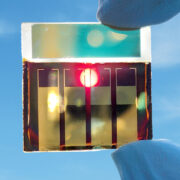
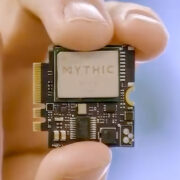
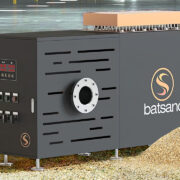
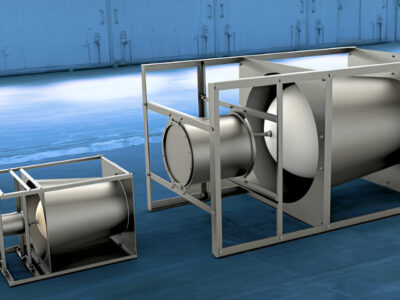
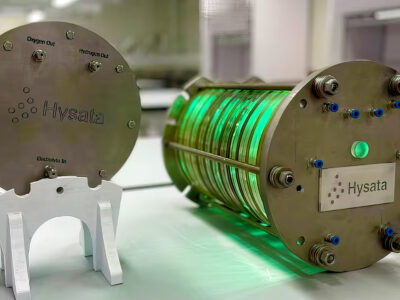
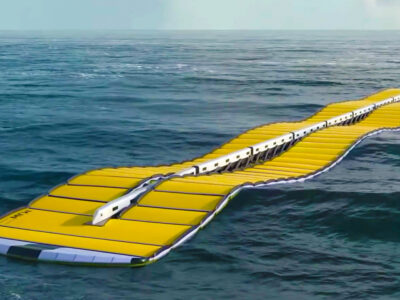



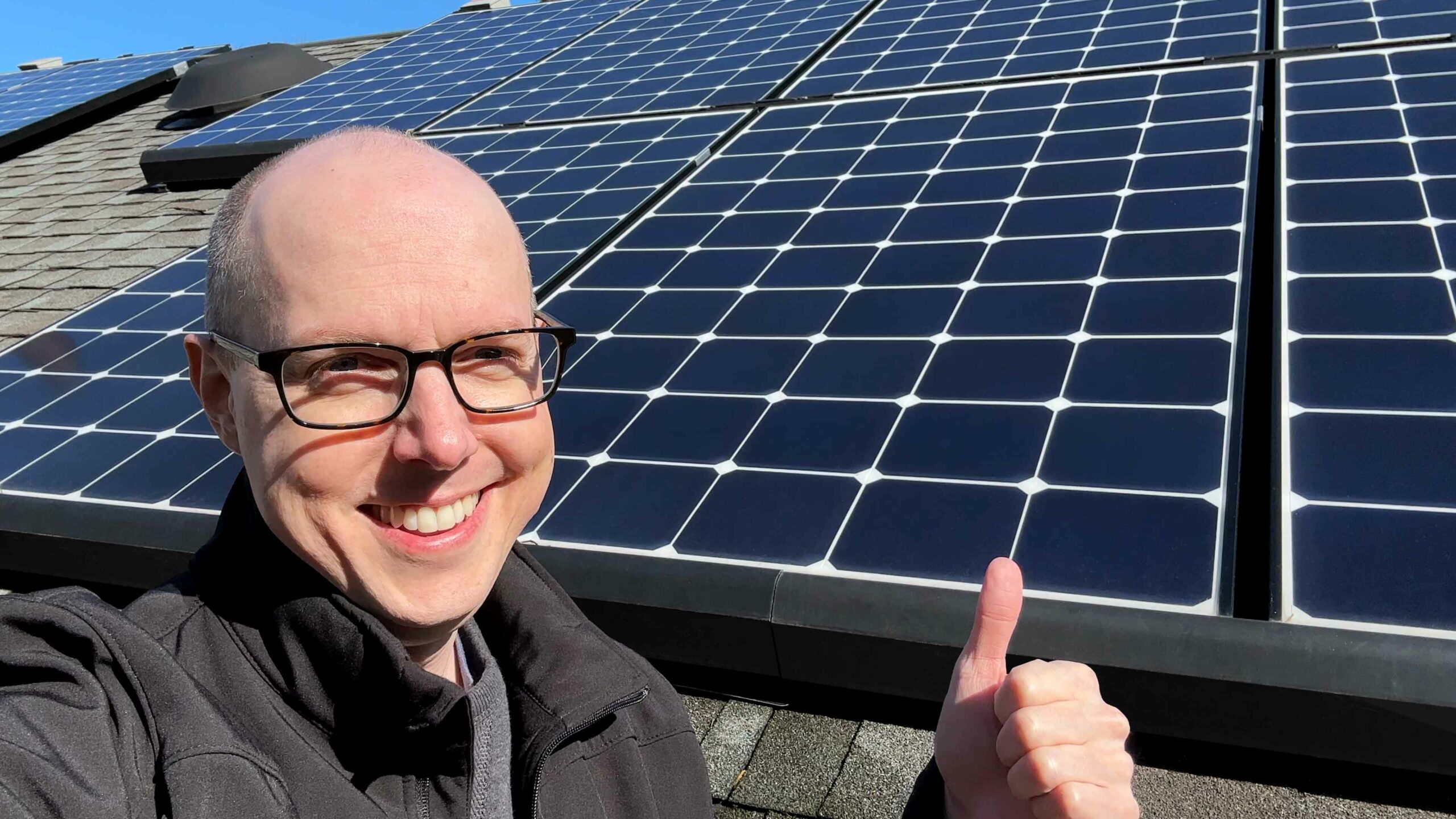
Comments